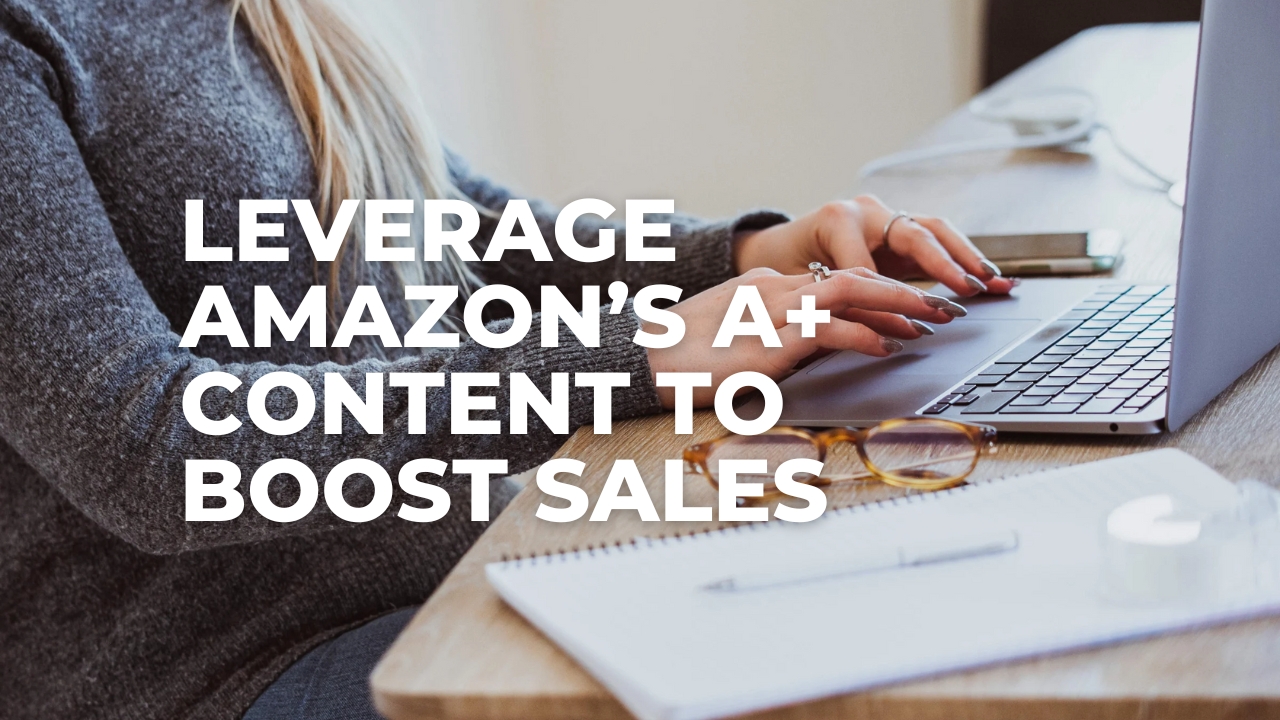Amazon’s fee structure can be complex and sometimes overwhelming for new sellers. Understanding the various fees associated with selling on Amazon is crucial for managing your costs and maximising profitability. In this blog, we’ll break down the different types of Amazon fees and provide tips for managing them effectively.
Types of Amazon Fees
1. Referral Fees:
Amazon charges a referral fee on each sale, which is a percentage of the total selling price. The referral fee varies by category and typically ranges from 6% to 45%. This fee is automatically deducted from your proceeds when a sale is made.
2. Fulfillment Fees:
If you use Fulfillment by Amazon (FBA), you’ll incur fulfillment fees for storing and shipping your products. These fees are based on the size and weight of your items. FBA fees are deducted from your sales proceeds and vary depending on the product dimensions and weight.
3. Monthly Subscription Fees:
Amazon charges a monthly subscription fee for professional sellers. This fee is $39.99 per month and allows you to access additional selling features and tools. Individual sellers do not pay this fee but are charged a per-item fee for each sale.
4. Closing Fees:
Amazon charges a closing fee on media items (books, music, DVDs, etc.) sold on the platform. This fee is a fixed amount per item and is in addition to the referral fee.
5. High-Volume Listing Fees:
For sellers with a large number of listings, Amazon may charge high-volume listing fees. These fees apply if you exceed a certain number of active listings and are intended to cover the costs associated with managing a large inventory.
6. Refund Administration Fees:
When a customer returns a product, Amazon may charge a refund administration fee. This fee is a percentage of the total refund amount and helps cover the costs of processing returns.
7. Long-Term Storage Fees:
Amazon charges long-term storage fees for inventory that has been stored in their warehouses for more than 365 days. These fees are assessed twice a year and can add up quickly if you have slow-moving inventory.
8. Advertising Fees:
If you run Amazon PPC or other advertising campaigns, you’ll incur advertising fees based on the cost-per-click (CPC) or other pricing models. These fees are separate from referral and fulfillment fees and can impact your overall profitability.
Tips for Managing Amazon Fees
1. Understand the Fee Structure:
Familiarise yourself with Amazon’s fee structure and calculate how they impact your profitability. Use Amazon’s fee calculator tools to estimate your fees and plan your pricing accordingly.
2. Optimise Your Pricing:
Set competitive prices that account for Amazon’s fees and ensure you maintain a healthy profit margin. Regularly review your pricing strategy and adjust as needed to stay competitive and profitable.
3. Utilise FBA Wisely:
While FBA fees can be significant, the convenience and reach of Amazon’s fulfillment network can be beneficial. Analyse your inventory and sales data to determine if FBA is the right choice for your business.
4. Monitor Inventory Levels:
Keep an eye on your inventory levels to avoid long-term storage fees. Regularly review your stock and use inventory management tools to maintain optimal levels and prevent excess inventory that incurs additional costs.
5. Leverage Amazon’s Tools:
Take advantage of Amazon’s tools and resources to manage fees effectively. Use the Seller Central dashboard to track and analyse your fees, monitor performance, and make informed decisions about your business.
6. Reduce Return Rates:
Work on improving product quality and providing accurate listings to reduce return rates. Fewer returns can help minimise refund administration fees and improve overall profitability.
7. Plan for Seasonal Changes:
Be mindful of seasonal fluctuations in sales and adjust your inventory and pricing strategies accordingly. Proper planning can help you manage fees more effectively and maximise your revenue during peak periods.
8. Seek Expert Advice:
If you’re unsure about managing Amazon fees or need assistance with your selling strategy, consider consulting with an expert. Professional guidance can help you navigate Amazon’s fee structure and optimise your profitability.
Conclusion
Understanding and managing Amazon’s fees is essential for maintaining profitability and success as a seller on the platform. By familiarising yourself with the different types of fees, optimising your pricing and inventory, and leveraging available tools, you can effectively manage your costs and maximise your earnings on Amazon.
Need help navigating Amazon’s fee structure? Contact us for expert support and strategies to manage your fees and boost your profitability.






